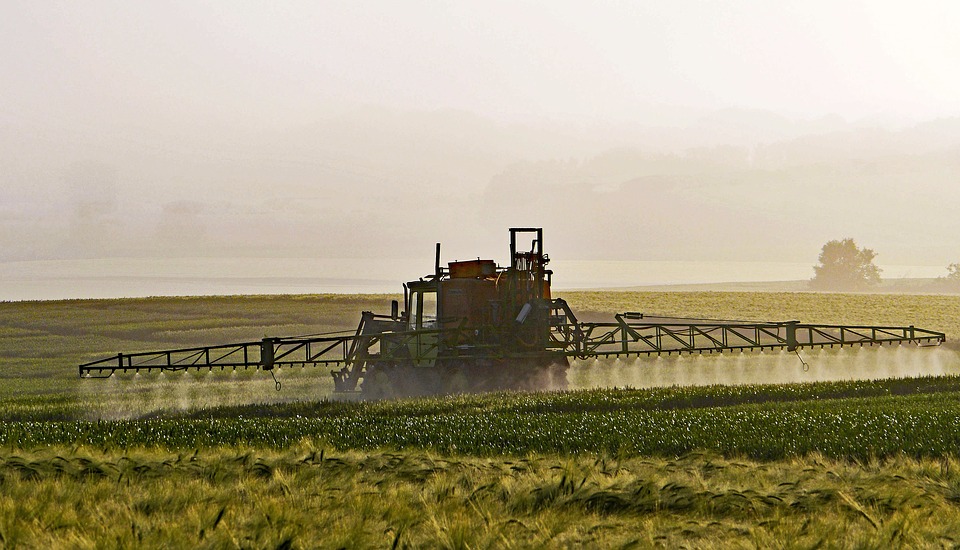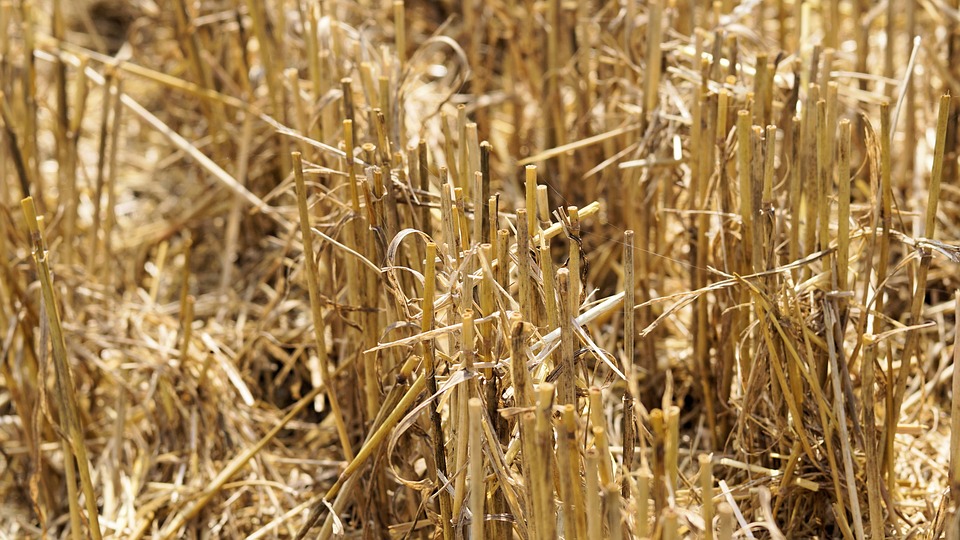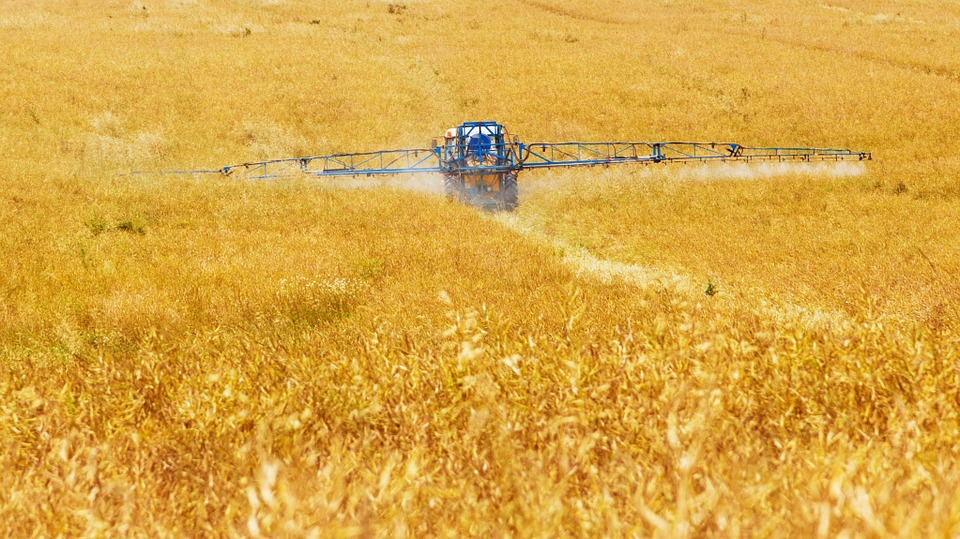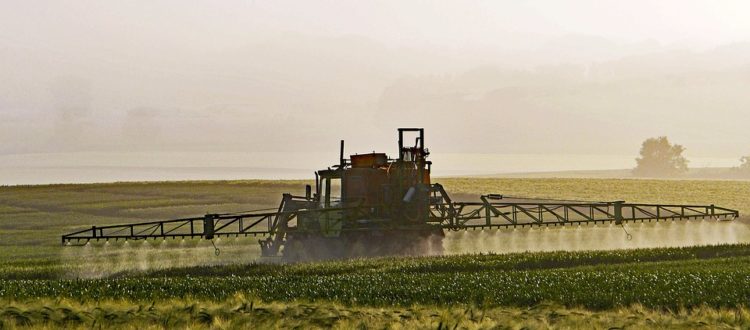Does the agricultural world stand on the head ?
For many years, many environmental protection associations and NGOs have been challenging the current agricultural world. Did you know, for example, that 1000m3 of water is needed to produce one tonne of wheat ? Or, that in France, 80% of the cereals we grow are intended to feed animals and not for human consumption ? Or that 32% of the maize grown in the world is genetically modified ? We are therefore entitled to wonder if the current agricultural world is not working on the head…

Agricultural issues in France and around the world
In a previous article, the OMPE had highlighted the role played by agriculture on air pollution. As a reminder, the livestock and agriculture sectors alone represent the main source of ammonia emissions, ie 97% of national emissions ! Agriculture is also the use of 68% of the water consumed in France… However, these are not the only aberrant situations. A recent study has highlighted one of the major agricultural problems in France and in the world: intensive farming.
Intensive agriculture, also known as conventional farming, appeared in France in the 1960s. The objective : “to increase agricultural yields, to produce in greater quantities thanks to new means of production“. This is how we arrived at the 28 million hectares currently occupied by agricultural activities, out of the 55 million hectares in the metropolitan area. Moreover, if in 1955, 0.8% of the farms occupied more than 100 hectares, they are today 12% to exceed them. But is agriculture doing better ? This seems less certain since this new model of intensive culture has strong impacts on many aspects in terms of :
-
environmental consequences : Intensive cultivation is first and foremost a scourge for the environment and biodiversity. Since its appearance and the beginning of the use of chemical fertilizers, pesticides, fungicides and herbicides in order to increase production, intensive agriculture is largely responsible for the pollution of soils, groundwater phreatic and air. Scientists also note a loss of biodiversity and a net decrease in pollinators. Not to mention the depletion of cultivated land, the deterioration of ecosystems and the acceleration of erosion;

- health consequences : while intensive agriculture has a heavy impact on the environment, it is also responsible for many health problems such as respiratory disorders, cancers, asthma, problems on the nervous system and the reproductive system… If farmers are the first to be hit hard by pesticides (the figures are unfortunately not known), consumers are also “collateral victims” of intensive agriculture;
- consequences on the useful agricultural area (UAA) : contrary to what one can think, and even if France remains a predominantly agricultural country, the French territory loses 220 hectares of farmland per day. Between 1960 and 2010, the utilized agricultural area (UAA) decreased by 25% ! A phenomenon that affects France more than other European countries. Why ? Because of the urbanization of the country, on the one hand, but also and especially the abandonment of agricultural activity by farmers, fewer and fewer. The number of farmers has decreased by 21% between 2000 and 2010 and 3% disappear every year since the 1950s.




